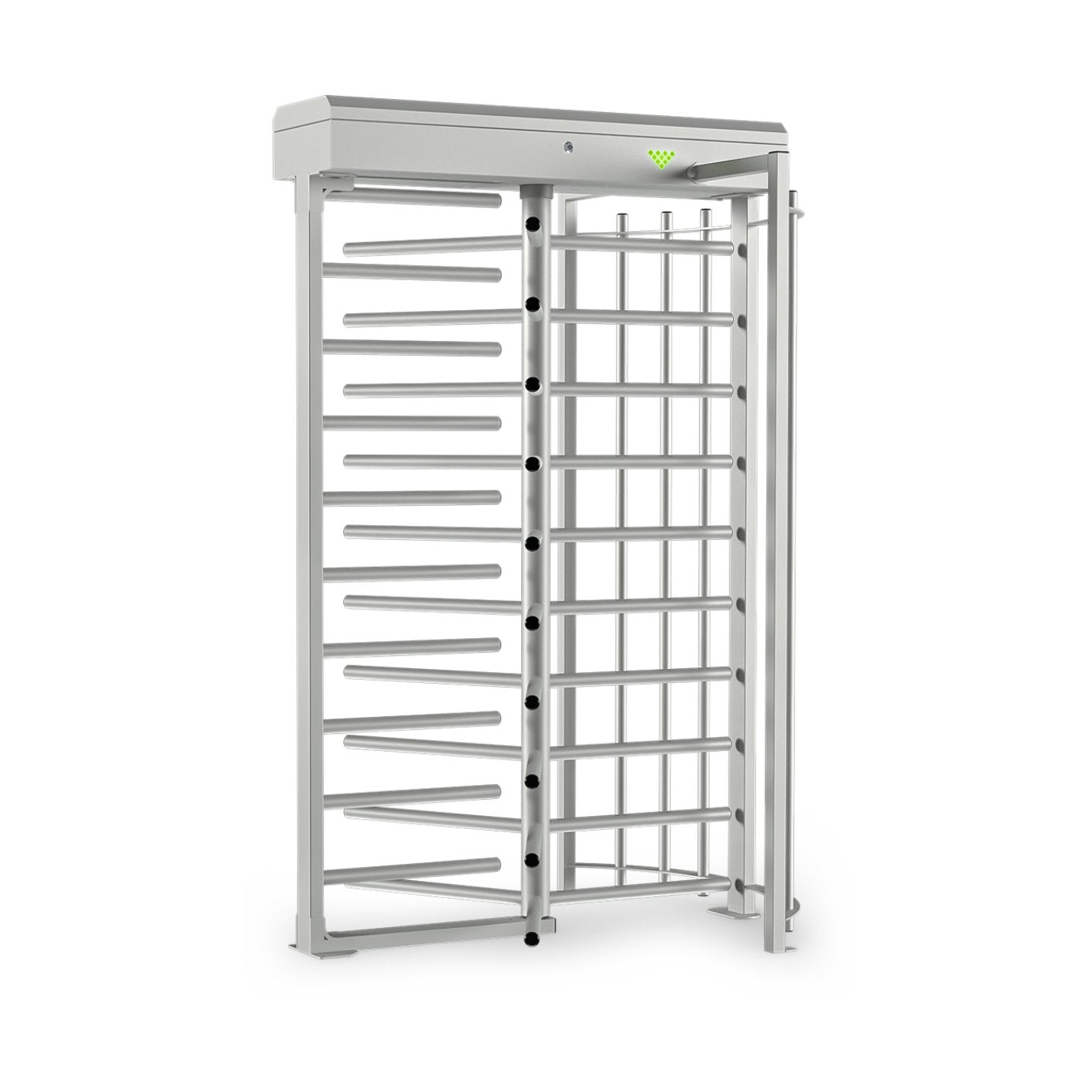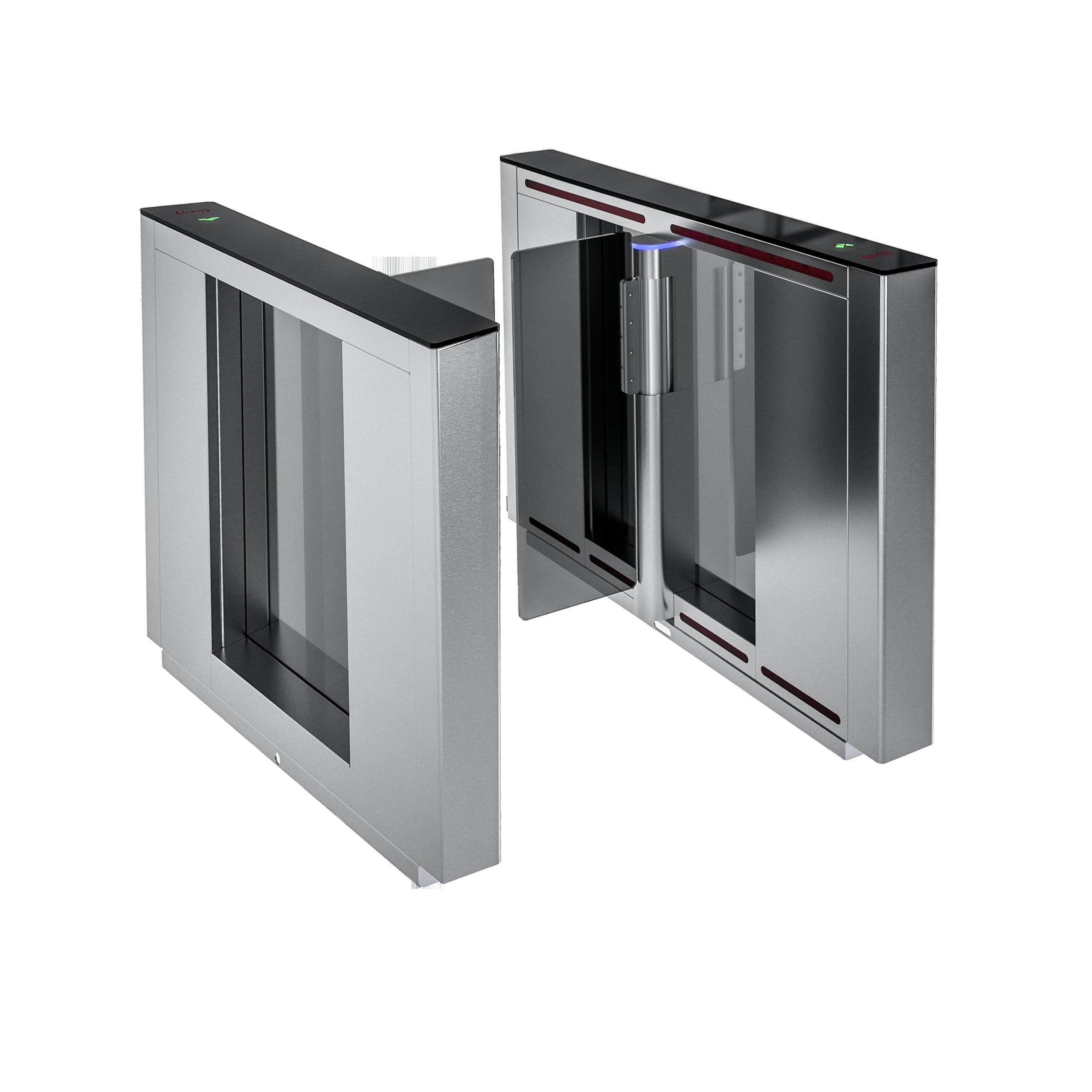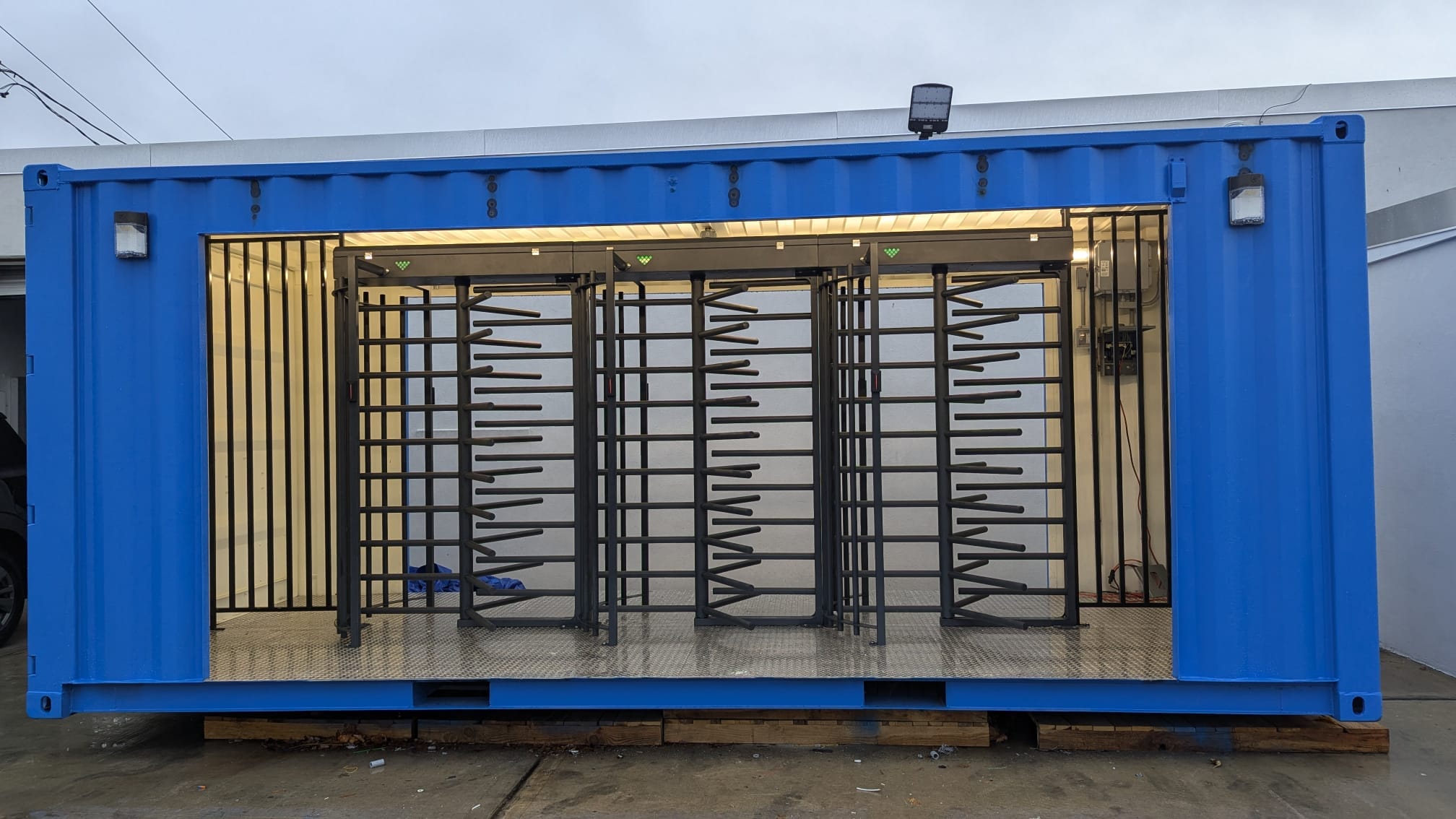The Early Days: Mechanical Turnstiles
The Advent of Electronic Integration
The Rise of Smart Turnstiles
Conclusion
Full-height turnstiles have been a cornerstone of physical security for decades, providing a reliable means of controlling access to restricted areas. Initially, these robust barriers were purely mechanical, designed to offer a straightforward solution to prevent unauthorized entry. However, as technology has advanced, so too have the capabilities and features of full-height turnstiles.
Today's turnstiles are sophisticated electronic systems that integrate seamlessly with modern security infrastructures. This evolution from mechanical to electronic security solutions reflects the growing demand for enhanced security, efficiency, and user convenience.
The Early Days: Mechanical Turnstiles

The earliest full-height turnstiles were simple mechanical devices, characterized by their sturdy metal frames and rotating arms. These turnstiles relied solely on mechanical locks and counterweights to control access. Users would manually rotate the turnstile arms to pass through, which made them effective at slowing down and monitoring foot traffic.
These mechanical turnstiles were particularly popular in environments such as amusement parks, stadiums, and public transportation hubs, where crowd control and ticket validation were primary concerns.
While mechanical turnstiles were effective for their time, they had limitations. They required constant supervision to ensure proper operation and to prevent tampering or misuse. Additionally, they offered no means of tracking or logging user entry, which limited their utility in high-security environments.
Despite these drawbacks, mechanical turnstiles laid the foundation for more advanced access control solutions, proving the concept of physical barriers for security purposes.
The Advent of Electronic Integration

The transition from mechanical to electronic turnstiles began in the late 20th century, driven by the increasing availability of digital technology. The introduction of electronic components such as sensors, motors, and control panels revolutionized the functionality of full-height turnstiles. These new systems could automatically control the rotation of the turnstile arms, allowing for more precise and reliable access control. Electronic turnstiles also enabled integration with various access control systems, such as keycards, PIN pads, and biometric scanners, providing a multifaceted approach to security.
One of the most significant advancements during this period was the ability to log and monitor entry data. Electronic turnstiles could record the time and identity of each person passing through, creating a valuable audit trail for security personnel.
This feature was particularly beneficial in high-security environments like corporate offices, government buildings, and research facilities, where maintaining a detailed record of access events was crucial.
Moreover, electronic turnstiles could be networked with central security systems, allowing for real-time monitoring and remote control, which further enhanced their effectiveness and flexibility.
The Rise of Smart Turnstiles
In recent years, the development of smart technologies has ushered in a new era for full-height turnstiles. These advanced systems incorporate cutting-edge innovations such as connectivity and advanced biometrics to offer unprecedented levels of security and convenience.
Smart turnstiles can identify individuals using facial recognition, fingerprint scanning, or even behavioral analysis, ensuring that only authorized personnel gain access to secure areas. These technologies also enable seamless integration with other security systems, such as surveillance cameras and intrusion detection systems, creating a comprehensive security network.
One of the key benefits of smart turnstiles is their ability to adapt to changing security needs. Algorithms can analyze patterns and detect anomalies, alerting security personnel to potential threats in real-time.
Connectivity allows for remote management and diagnostics, ensuring that turnstiles are always functioning optimally. This level of intelligence and automation not only enhances security but also improves the overall user experience, reducing wait times and minimizing the need for manual intervention.
A Safe and Secure Future - Full-Height Turnstiles

The evolution of full-height turnstiles from mechanical devices to sophisticated electronic security solutions reflects the broader trends in technology and security. While early mechanical turnstiles provided a basic level of access control, the advent of electronic and smart technologies has transformed them into essential components of modern security infrastructures.
Today, full-height turnstiles offer a seamless blend of security, efficiency, and user convenience, capable of meeting the demands of diverse environments. As technology continues to advance, we can expect further innovations in turnstile design, ensuring that these vital security tools remain at the forefront of access control solutions.





